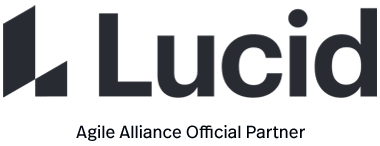Usability testing is a long-established, empirical, and exploratory technique to answer questions such as “how would an end user response to our software under realistic conditions?”
It consists of observing a representative end-user interacting with the product, given a goal to reach but no specific instructions for using the product. (For instance, a goal for usability testing of a furniture retailer’s Web site might be “You’ve just moved and need to do something about your two boxes of books; use the site to find a solution.”)
Members of the team (possibly including usability specialists) observe the user’s actions without intervening, recording what transpires (either informally, e.g. taking notes, or more comprehensively, using video, eye-tracking, screen captures, or specialized software). The post-test analysis will focus on any difficulties encountered by the user, illustrating differences between the team’s assumptions and actual behavior.
Origins
Usability testing is not strictly speaking an Agile practice, but has attracted much attention since 2008 and is representative of a trend to incorporate into Agile practice ideas from the “UX” community (user experience design).
- 1983: a wide range of “human factors testing” techniques foreshadowing usability testing, used at the Xerox PARC during the design of the Xerox Star, are described in the CHI conference proceedings
- 2008: the Agile 2008 conference features a stage dedicated to discussion of “User Experience” practices, such as usability testing, personas, or paper prototyping.





